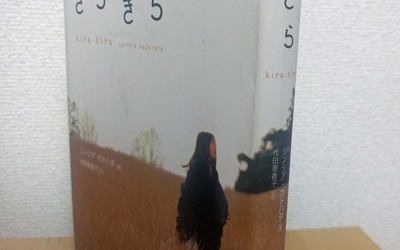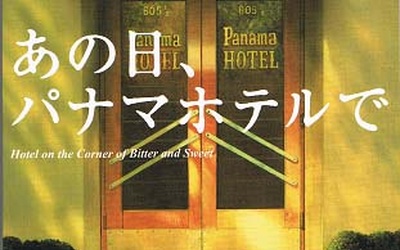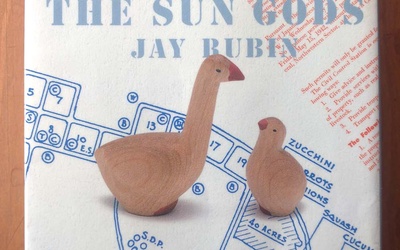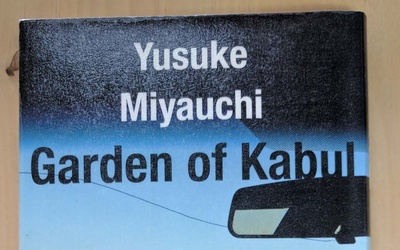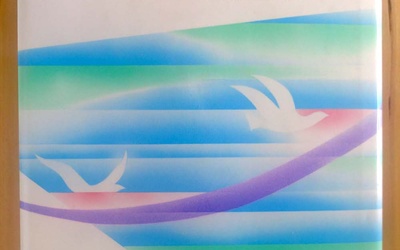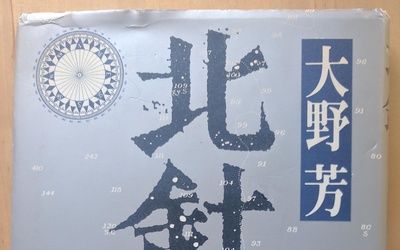Reading Japanese American Literature
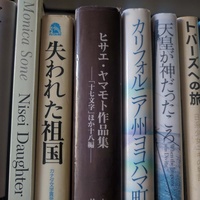
We will read literary works that intersect between Japan and America, such as novels written by Japanese Americans, works that capture Japanese American society, and works written by Japanese people that are set in Japanese America, and explore their appeal and significance while looking back on Japanese history.
Read from Part 1 >>
Stories from this series
12th "Twinkle Twinkle" and "Seven Moons"
Aug. 11, 2017 • Ryusuke Kawai
The story takes place in the 1950s and 1960s in southern Georgia and central Arkansas, and explores how Japanese families lived there, what their children thought of themselves, and how they felt about the people and scenery around them. Japanese American female author Cynthia Kadohata's novels "Seven Moons" and "Sparkle" depict a world that is rarely seen in the works of other Japanese American authors. The themes of the novels are also far removed from the suffering and identity of …
Episode 11: "That Day at the Panama Hotel"
July 28, 2017 • Ryusuke Kawai
Seattle has an old Japanese community. What was once Japantown is now called the International District, and is a city that is like a mix of Chinatown and a little bit of Japantown. The street signs are now written in Japanese and Chinese, in addition to English, and the city's intention to preserve the historical heritage of the entire area is apparent. As described in Kafu Nagai's "Amerika Monogatari," a town that was very much like Japan was formed by …
10th "Light of Everyday Life"
July 14, 2017 • Ryusuke Kawai
Jay Rubin, a Japanese literature scholar and English translator who is also known for his English translations of Haruki Murakami, a writer with a worldwide readership, has written a novel called "Hi no Hikari," which has also been much talked about. The story takes place in Japan and the United States during the Pacific War. The original title is "The Sun Gods," and according to the translator's afterword, it was published in 2015 by a small Seattle publisher, Chin Music …
9th "Garden of Kabul"
June 23, 2017 • Ryusuke Kawai
As we get older, we all start to look back on our past. We wonder where we came from and why we became who we are today. We start to wonder about the past of our parents and grandparents. The protagonist of "The Garden of Kabul" is a third-generation Japanese-American woman, Rei, who lives in California. She was bullied and discriminated against as a child, and is traumatized by it. She is troubled by her relationship with her mother, but …
No.8 "Yokohama Town, California"
June 9, 2017 • Ryusuke Kawai
Toshio Mori, who is said to be the first Japanese-American writer, published a collection of short stories titled "Yokohama, California" (The Caxton Printers, Ltd., Caldwell, Idaho) in 1949. 29 years later, in 1978, it was published in Japan by the Mainichi Shimbun Company under the title "California, Yokohama Town" translated by Yoshinosuke Ohashi. The setting is the Japanese community on the West Coast of the United States before the war, but the story vividly depicts the unchanging essence of humanity, …
The 7th "North Needle"
May 26, 2017 • Ryusuke Kawai
In the past, some people who traveled from Japan to the United States did so without going through proper travel procedures. This is known as stowaway status. Immigration to America, which began during the Meiji period, was restricted in 1908 when Japan refrained from issuing passports as anti-Japanese sentiment grew, especially on the West Coast, and a new Immigration Act in 1924 completely banned immigration to America. But still, there was no end to the people who wanted to go …

